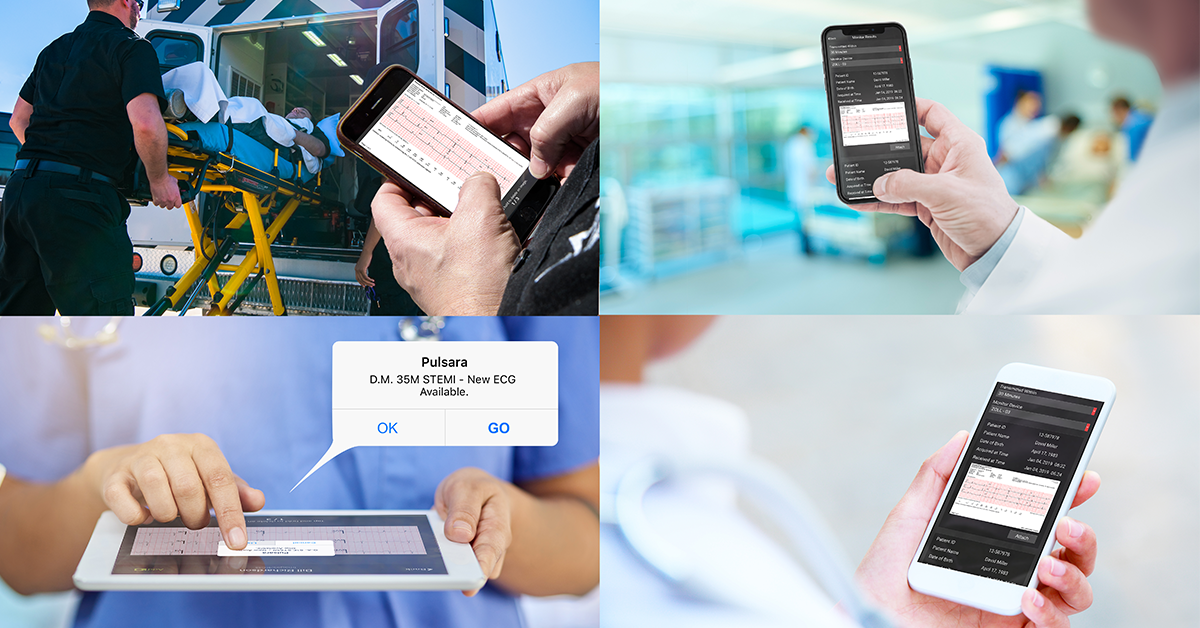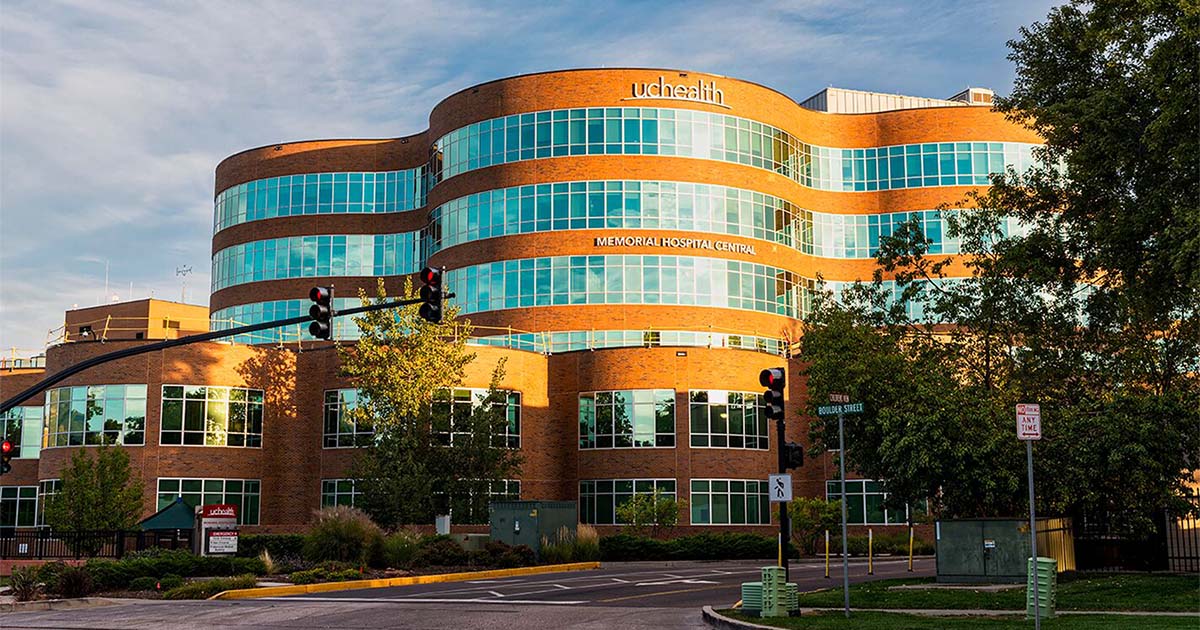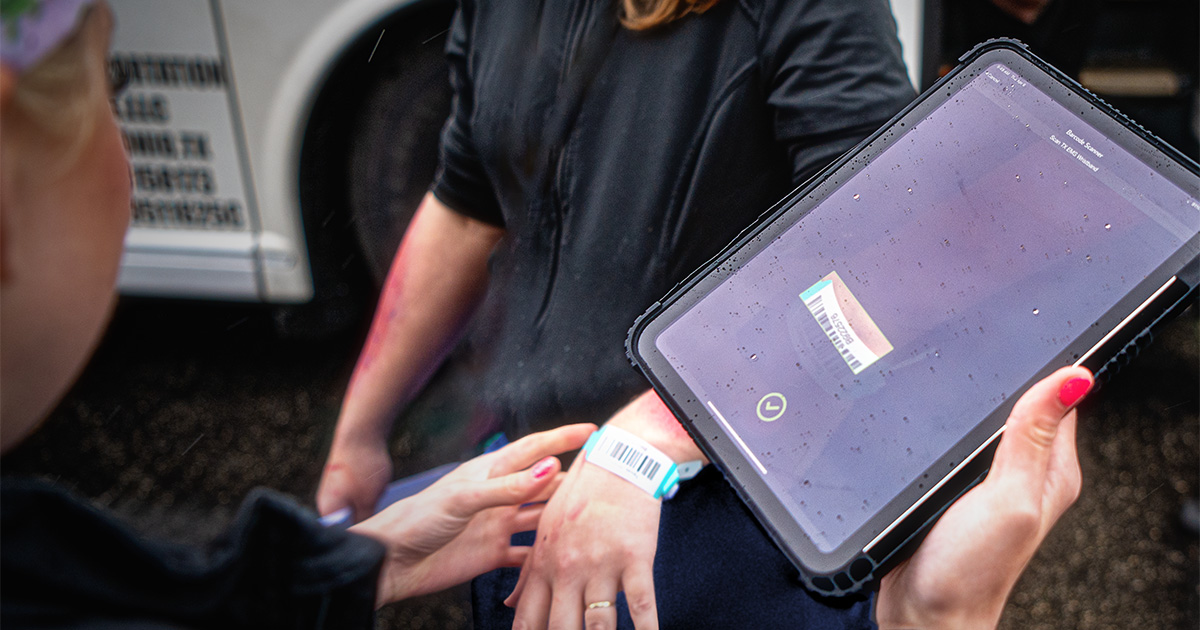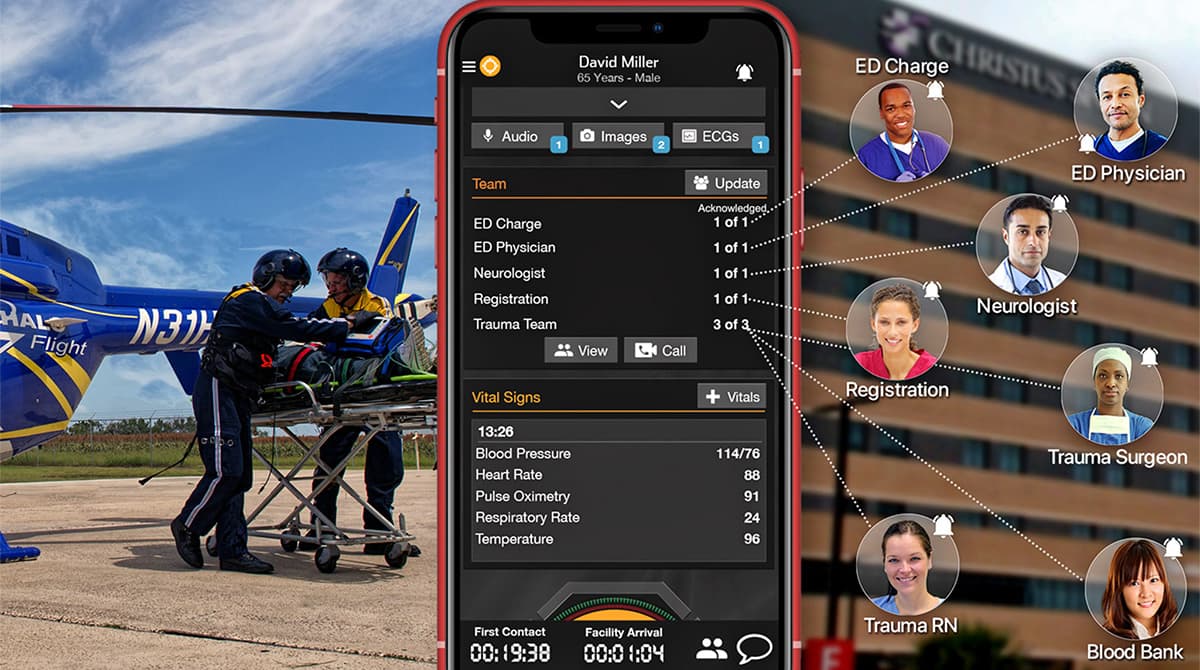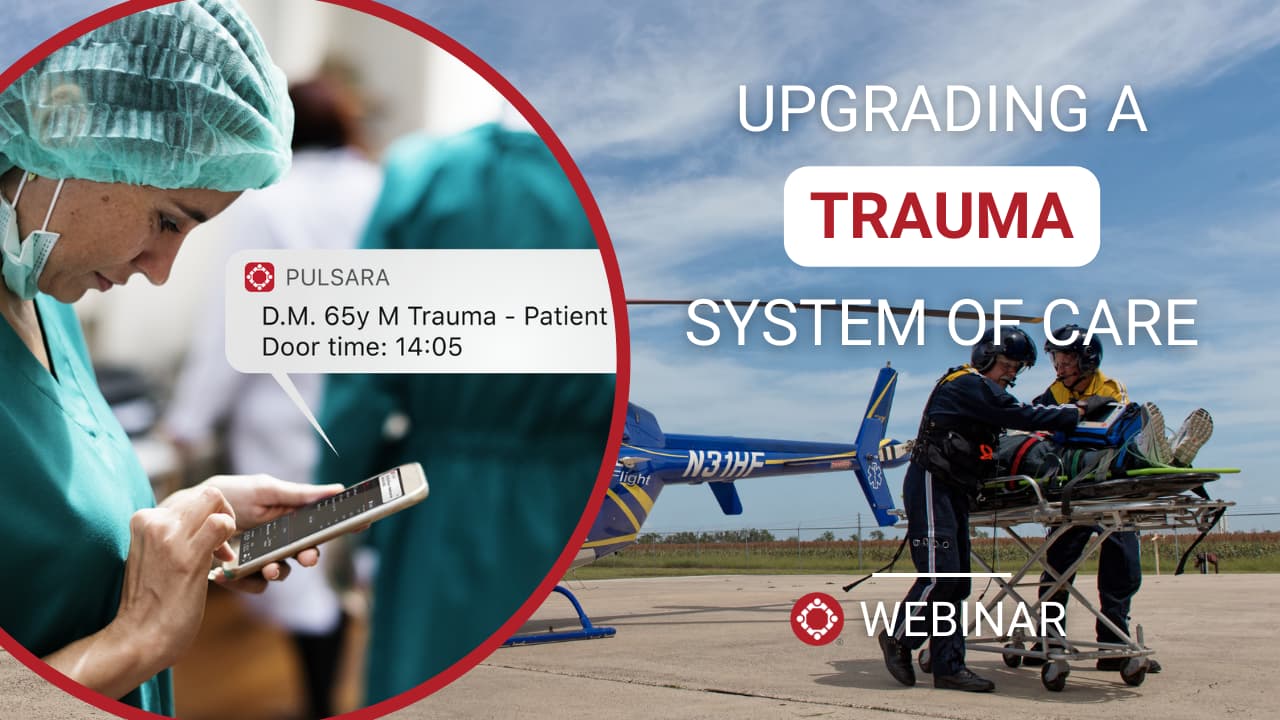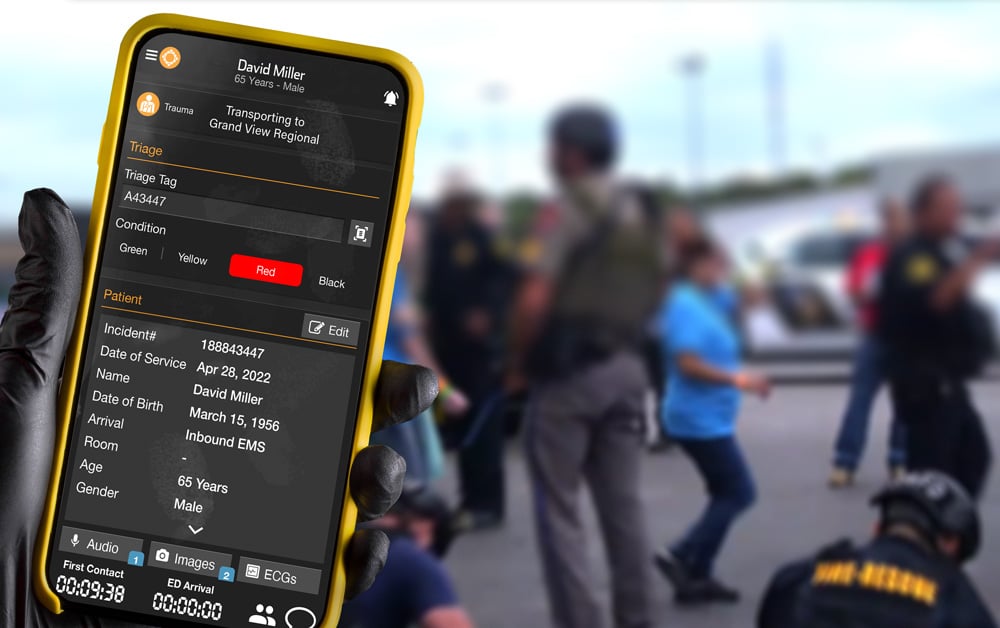1 min read
CommonSpirit Mercy Hospital and EMS Partners Leverage Pulsara for Cardiac Care
On July 14th, 2025, CommonSpirit Mercy Hospital in Durango, Colorado announced via a press release that they have been partnering with local EMS organizations to improve cardiac care. The...
